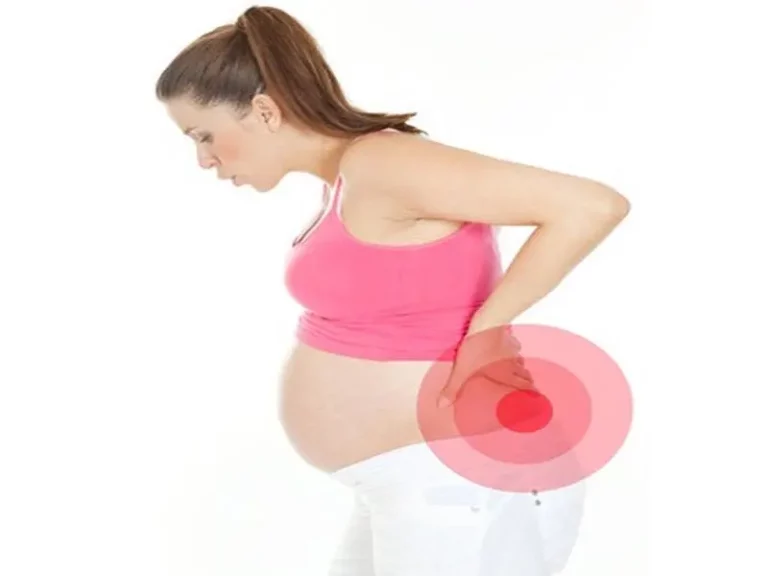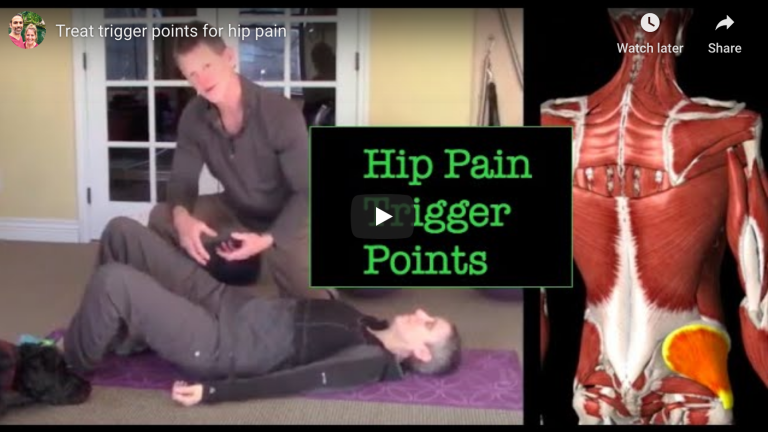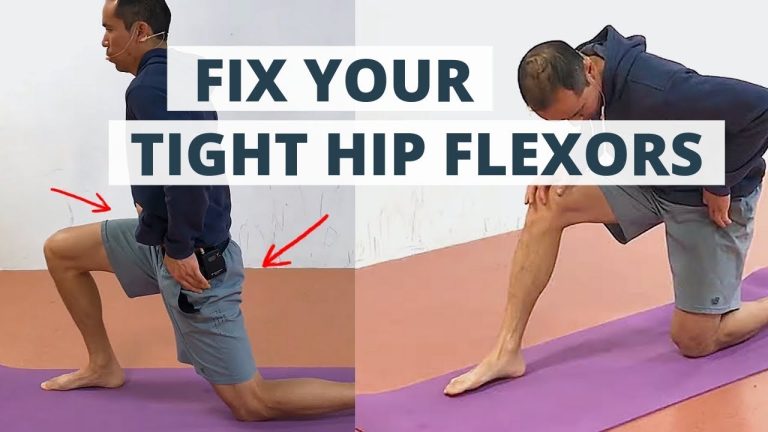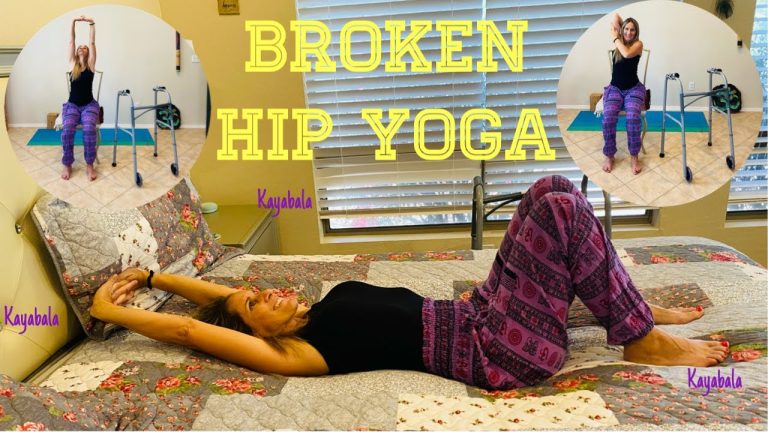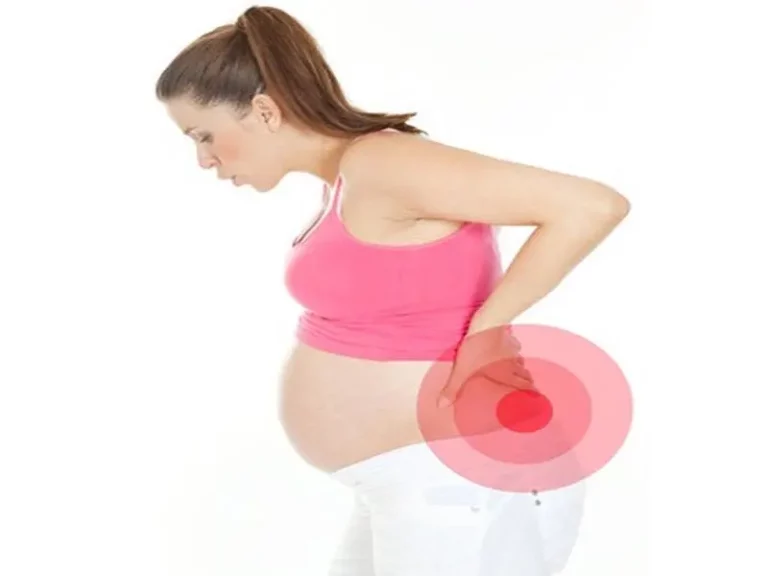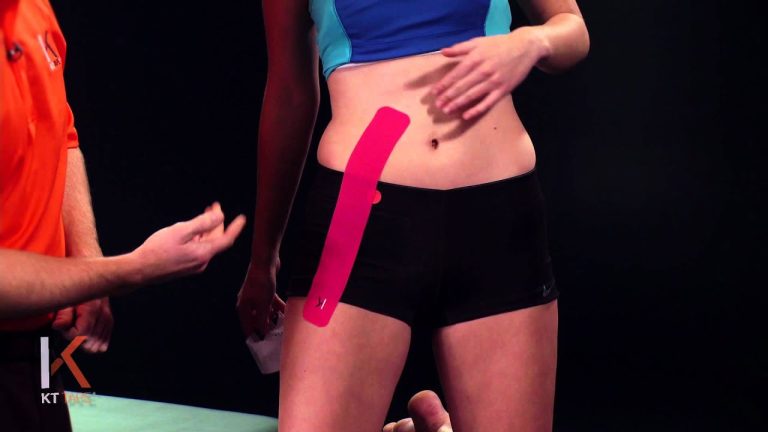What Causes Tight Hip Flexors and How to Alleviate Them: A Comprehensive Guide
In our fast-paced, technology-driven world, it’s all too easy to find ourselves spending countless hours hunched over desks or glued to our screens. Little do we realize the toll this sedentary lifestyle takes on our bodies, particularly our hip flexors.
These powerful muscles, nestled deep within our core, can become tight and restricted from prolonged sitting, leading to a host of problems. From nagging lower back pain to limited mobility, the consequences can be downright debilitating.
But fear not! In this article, we’ll unravel the mystery behind tight hip flexors and explore ways to not only relieve the discomfort but also prevent it from happening in the first place.
what causes tight hip flexors
Tight hip flexors are commonly caused by prolonged sitting. This can lead to various signs, including extreme lower back arching, difficulty kicking the leg behind, lower back pain, and localized hip discomfort.
To assess hip tightness, the Thomas Test and Standing Hip-Flexor Test can be used. If hip tightness persists or negatively affects quality of life, seeking medical advice is recommended.
Stretching and strengthening exercises are effective in relieving tight hip flexors. Dynamic hip stretches, using opposing muscles like the glutes, are particularly beneficial.
Specific hip-flexor exercises and compound strength movements can also help. Taking movement breaks every 60 minutes can relax the hip flexors.
Poor posture and prolonged sitting contribute to tight hip flexors. It is important to note that hip flexor strains are a common injury, especially among athletes.
Initial treatment for hip flexor strains involves rest, ice, compression, and elevation (RICE). Surgery is rarely necessary, but may be required in severe cases.
The recovery time depends on the severity of the strain. To prevent hip flexor strains, stretching and warming up before exercise, as well as increasing flexibility, is recommended.
Resuming intense activity should be done under the guidance of a healthcare provider.
Key Points:
- Prolonged sitting is a common cause of tight hip flexors, leading to various signs such as lower back arching, difficulty kicking the leg, lower back pain, and hip discomfort.
- Assessing hip tightness can be done using the Thomas Test and Standing Hip-Flexor Test.
- Stretching and strengthening exercises, particularly dynamic hip stretches and using opposing muscles like the glutes, are effective in relieving tight hip flexors.
- Poor posture and prolonged sitting contribute to tight hip flexors, which can lead to hip flexor strains, especially in athletes.
- Initial treatment for hip flexor strains involves rest, ice, compression, and elevation (RICE). Surgery is rarely needed but may be required in severe cases.
- Recovery time for hip flexor strains depends on the severity, and prevention can be done through stretching, warming up before exercise, and increasing flexibility, under the guidance of a healthcare provider.
Sources
https://www.livestrong.com/article/13764569-tight-hip-flexors/
https://my.clevelandclinic.org/health/diseases/23978-hip-flexor-strain
https://www.healthline.com/health/tight-hips
https://www.medicalnewstoday.com/articles/weak-hip-flexors-symptoms
Check this out:
💡 Pro Tips:
1. Try foam rolling to alleviate tight hip flexors. Roll the foam roller along your hip flexor muscles, applying gentle pressure to release tension.
2. Incorporate hip-opening yoga poses into your routine, such as pigeon pose or lizard pose, to stretch and release tight hip flexors.
3. Strengthen your core muscles to support proper hip alignment and relieve strain on the hip flexors. Planks, bridges, and abdominal exercises can help with this.
4. Avoid wearing high heels regularly, as they can contribute to tight hip flexors by shortening the front hip muscles. Opt for supportive shoes with a lower heel or no heel at all.
5. Practice good posture throughout the day, especially while sitting. Sit upright with your feet flat on the floor and engage your core to prevent slouching and tight hip flexors.
Prolonged Sitting And Tight Hip Flexors
Prolonged sitting is a common modern lifestyle habit that can have detrimental effects on our physical health. One consequence of spending excessive time in a seated position is the development of tight hip flexors.
The hip flexor muscles, including the psoas major, rectus femoris, and iliacus, become shortened and tight when they are constantly held in a contracted position.
Our sedentary lifestyles often involve sitting for long periods at work, while commuting, or during leisure activities. This lack of regular movement can lead to the weakening and tightening of the muscles in the front of the hip joint. The hip flexors are responsible for lifting the thigh towards the chest and bending the torso forward at the hip.
When these muscles become tight, they can pull the pelvis forward, causing a range of problems.
Tight hip flexors can cause an excessive anterior tilt of the pelvis, which leads to a deep arching of the lower back. This condition, known as hyperlordosis, can strain the lumbar spine and result in lower back pain. Additionally, tight hip flexors can cause difficulty in kicking the leg backwards, leading to decreased mobility and performance in activities such as running or kicking a ball.
Many individuals with tight hip flexors also experience localized discomfort in the hip area.
Signs Of Tight Hip Flexors
Recognizing the signs and symptoms of tight hip flexors is crucial for early intervention and prevention of further complications. Individuals with tight hip flexors often exhibit the following indications:
- Extreme lower back arching (hyperlordosis)
- Difficulty kicking the leg behind
- Lower back pain
- Localized hip discomfort
It is important to note that these signs may vary in severity from person to person. Some individuals may only experience mild discomfort, while others may have significantly limited mobility and chronic pain.
If you suspect you have tight hip flexors, it is essential to address the issue promptly to prevent further complications.
Assessing Hip Tightness
Assessing hip tightness can assist in determining the appropriate course of action to relieve tight hip flexors. Two common tests used by healthcare professionals to evaluate hip tightness are the Thomas Test and the Standing Hip-Flexor Test.
In the Thomas Test, the individual lies flat on a table with one leg hanging off the edge.
The individual flexes the opposite knee towards the chest while keeping the other leg straight. If the thigh of the extended leg lifts off the table or the individual’s lower back arches excessively, it is an indication of tight hip flexors.
The Standing Hip-Flexor Test involves standing with one foot in front of the other and leaning forward into a lunge position.
If the front knee cannot bend to create a right angle without the heel on the back leg lifting off the ground, it suggests tight hip flexors.
It is important to consult with a healthcare provider or qualified fitness professional for an accurate assessment if you suspect tight hip flexors. They can provide guidance on the appropriate exercises and treatments needed to alleviate the condition.
Seeking Medical Advice For Persistent Hip Tightness
If you have been experiencing persistent hip tightness that hampers your quality of life or restricts your ability to perform daily activities, it is advisable to seek medical advice. A healthcare provider can evaluate your condition, perform a thorough examination, and recommend the most appropriate course of action. This could include referrals to physical therapists or other specialists to assist in alleviating tight hip flexors.
Remember, hip tightness can result from various underlying causes, and it is crucial to determine the specific source of the tightness to effectively address the issue.
Don’t hesitate to reach out to medical professionals who can provide proper guidance and treatment options specific to your needs.
Relieving Tight Hip Flexors Through Stretching And Strengthening Exercises
Tight hip flexors can often be relieved through a combination of stretching and strengthening exercises. Stretching exercises target the tight muscles, while strengthening exercises focus on activating and strengthening the opposing muscles.
Dynamic stretching that involves opposing muscle groups, such as the glutes and hamstrings, can effectively target and relieve tight hip flexors. Some examples of dynamic stretches include walking lunges and high knees.
These exercises help elongate and loosen the hip flexor muscles, reducing tightness and improving flexibility.
In addition to dynamic stretches, there are specific exercises that directly target the hip flexors. These exercises include leg lifts, bicycle crunches, and seated knee raises.
Performing compound strength movements that engage multiple muscle groups, such as squats and deadlifts, can also help alleviate tight hip flexors.
It is important to consult with a healthcare provider or a qualified fitness professional before starting any new exercise regimen. They can provide guidance on proper form and technique, as well as recommend exercises specific to your condition and fitness level.
Preventing And Treating Hip Flexor Strains
Hip flexor strains are a common injury, particularly among athletes who participate in sports that involve quick changes in direction or explosive movements. These strains occur when the hip flexor muscles are stretched or torn beyond their normal range of motion.
If you suspect a hip flexor strain, it is essential to initiate the appropriate treatment promptly.
The RICE method (Rest, Ice, Compression, and Elevation) is generally recommended as the initial approach to manage hip flexor strains. This involves resting the injured area, applying ice to reduce swelling, compression to support the muscle, and elevation to reduce blood flow to the injured area.
In severe cases where conservative treatments fail to provide relief, surgery may be necessary.
However, it is essential to note that surgical intervention is rarely required for hip flexor strains and is typically reserved for severe cases or when there is significant muscle or tendon damage.
Recovery time for hip flexor strains varies depending on the severity of the injury. Mild strains may heal within a few days to a couple of weeks with proper rest and rehabilitation. More severe strains may require several weeks or months of recovery time before returning to regular activities and sports.
To prevent hip flexor strains, it is crucial to incorporate proper stretching and warming up before engaging in physical activity.
Increasing flexibility through regular stretching exercises can help reduce the risk of straining the hip flexors. Resuming intense activity should be done gradually and under the guidance of a healthcare provider or qualified fitness professional to prevent re-injury.
In conclusion, tight hip flexors can result from prolonged sitting and lead to various symptoms such as lower back pain, difficulty kicking the leg behind, and localized hip discomfort. It is important to assess hip tightness using appropriate tests and seek medical advice if the tightness persists or affects daily life.
Stretching and strengthening exercises, particularly those incorporating dynamic stretches and compound movements, can help relieve tight hip flexors. Understanding the causes of hip flexor strains and implementing preventive measures such as proper warm-up routines and increasing flexibility can also contribute to reducing the risk of injury.
By addressing tight hip flexors proactively, individuals can improve their quality of life and overall musculoskeletal health.


